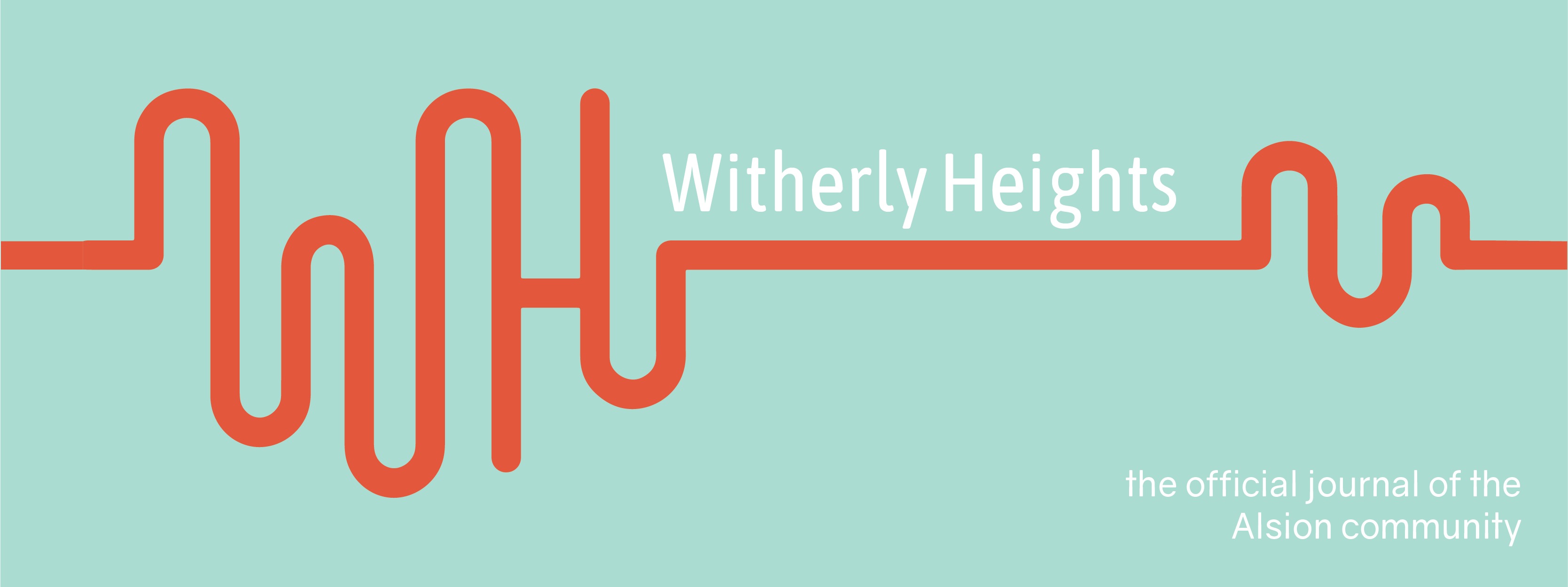What’s the Digital SAT Actually Like?
As renowned colleges and universities across the nation start to renew their test-mandatory policies after a multi-year long hiatus, the importance of standardized testing has been called back into question. Alongside this shift, College Board has decided to revamp the most notable college entrance exam in the United States and completely switch over to the Digital SAT. In this article, I will go over some of the pros, cons, tips, and pieces of advice that I have for all potential Alsion test takers that I would have liked to know before March 9 dawned upon me.
By Armaan Sharma
PROS:
First of all, let’s discuss some of the positive improvements that College Board has made with the Digital SAT. The new version of the exam now has shorter reading passages such that each question is based on a unique paragraph (or a few sentences). I personally like this switch because it does away with reading page-long excerpts and having to flip back and forth to answer eleven questions or so. While some questions have more dense and challenging passages, it is quite easy to make up time at the end of the reading modules where the questions are more straightforward, asking the test-taker to correct a grammatically incorrect sentence.
Speaking of modules, instead of having reading, writing, math without calculator, and math with calculator sections, there are only two sections: evidence-based reading and writing (EBRW) and math, each with two modules that have roughly the same type/style of questions. While it is nice that you really only have to learn the ins and outs of two sections, this switch to having modules has its negatives which I will expand upon later. Going back to positives, on the digital SAT, there is more time per question: approximately 1 minute 35 seconds. This is extremely helpful for me personally, as I do not consider myself to be the fastest reader (or problem-solver) and thus appreciate the extra time on each question. On a broader scale, this is probably a smart switch overall, as it makes the test more accessible to those who may struggle with the fast-paced nature of standardized testing. But, in my humble opinion, the best change to this exam by far is the elimination of the no calculator section which allows test-takers to use their calculators (AND DESMOS?!) on both math modules. This is an incredible shift, as our TI-Inspires can do a large bulk of the problems with just a few buttons and Desmos makes solving systems and graph analyzation much simpler.
CONS:
Moving forward to the cons, none of my negative feelings toward the Digital SAT necessarily relate to the new format or testing rules, but more so the lack of adequate preparation materials that College Board provided. Prior to taking the test, College Board had released 4 non-adaptive tests on their website and 4 adaptive tests on Bluebook, the platform that test-takers take their actual exams on. Other major testing preparation organizations, such as Barrons, had also released a few practice tests. These adaptive tests especially, however, were completely misleading in terms of their difficulty and rigor. On many of these practice tests, I had scored in the mid-high 1500s, but these definitely were not productive indicators of my actual SAT score. Indeed, others have similar stories in this respect. Ishita Chopra, a fellow Alsion junior, writes, “[the Digital SAT] was a lot harder than I expected. The practice tests made it seem like it was going to be a much easier test, but they were barely reflective of how the actual test went. There were many math questions in the second module that were so different from any of the math questions that I saw while doing many practice tests.” A New York Post article, written by Deirdre Bardolf, also warns future test-takers by including the headline “First all-digital SAT exam, tough math section puts students to the test: ‘Worst one yet.’”
Thus, despite many of the seemingly positive changes, the adaptive nature of the test leaves test-takers in doubt of what their situation will be on test-day. The ambiguity surrounding how the test is scored also leaves room for anxiety, as questions answered wrong in the first module can leave more of an impact on your score than those in the second and questions answered wrong toward the end of the modules can impact your score more than those in the beginning. As long as test-takers are more or less left in the dark regarding how this new test is truly standardized, I cannot say that I enjoy this switch.
TIPS & ADVICE:
Although I am by no means an expert on the Digital SAT, I would recommend that future test-takers try to over prepare themselves as much as possible. This means taking harder practice tests, covering concepts that may seem irrelevant at first but definitely have a chance of coming up, focusing your energy into the non-adaptive practice tests which are more standardized and thus include a mix of both straightforward and difficult questions, etc. Additionally, if you are struggling to crack the Digital SAT, it may be helpful to start preparing earlier than later and consider procuring a tutor or signing up through a reputable preparation program.
Most importantly, try not to stress too much. While testing can be daunting, especially with numerous colleges and universities emphasizing the importance of it, your SAT score will not necessarily make or break your application. Just as many with the top 0.01% of scores have been rejected from their dream schools, those with scores that fall out of this range have been accepted. College admissions in the United States are holistic and the SAT is only one factor in the bigger picture.
References:
Bardolf, Deirdre. “First All-Digital SAT Exam, Tough Math Section Puts Students to the Test: ‘Worst One Yet.’” Nypost.com, New York Post, 9 Mar. 2024, nypost.com/2024/03/09/us-news/first-all-digital-sat-tough-math-section-puts-students-to-the-test/. Accessed 26 Mar. 2024.
